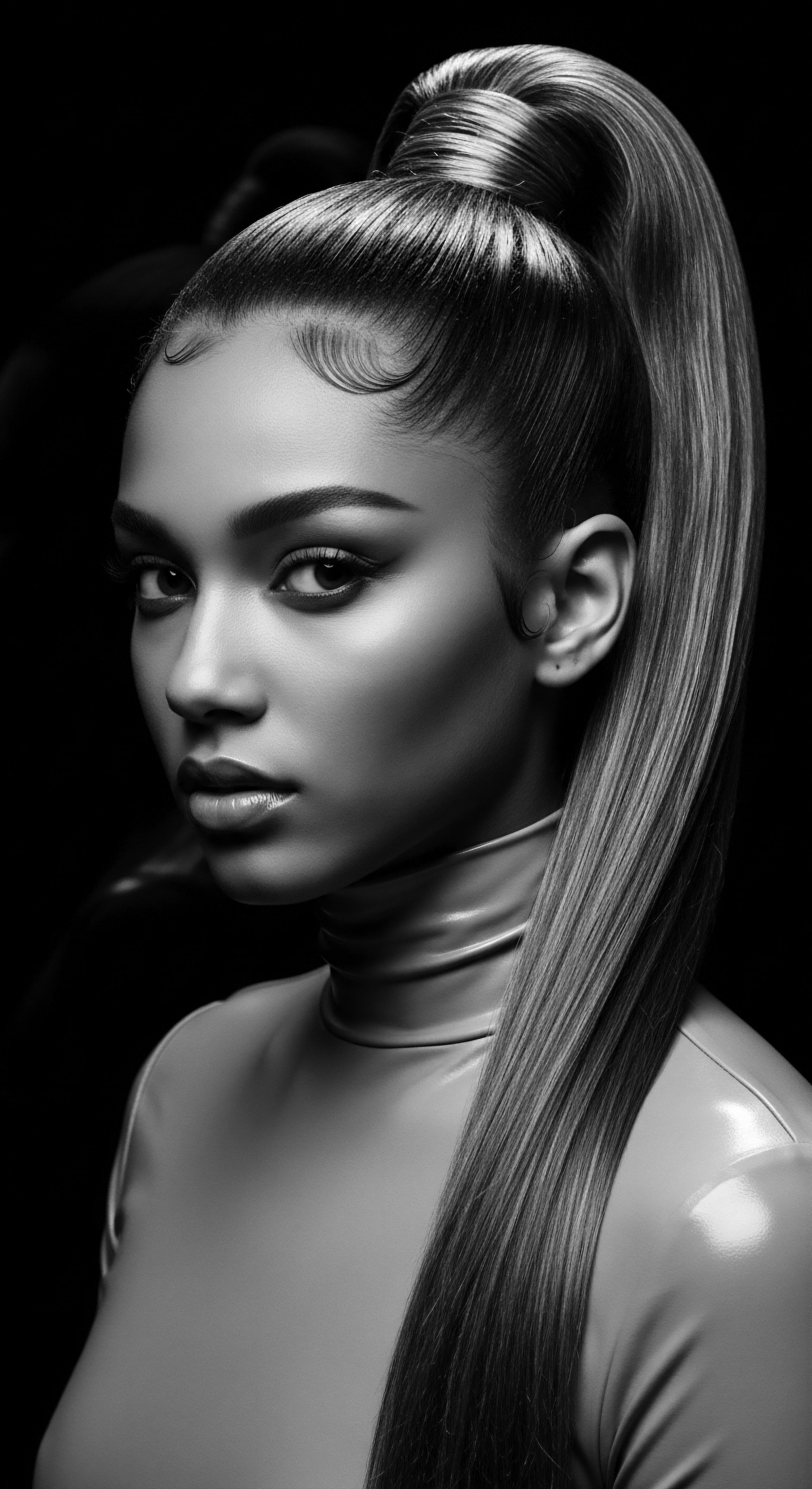
Roots
To truly understand Rahua oil, or Ungurahua as it is known in its birthplace, we must journey to the heart of the Amazon, a verdant sanctuary where knowledge lives in the rustle of leaves and the wisdom flows in the river’s current. Here, within the intricate web of life, the ancestral uses that define this oil’s heritage took shape, nurtured by generations of indigenous custodians. It is a story not merely of a botanical extract, but of a profound relationship between humanity and the earth, a reverence for the sacred within the natural world, particularly as it pertains to the crowning glory of textured hair.
The ungurahua tree (Oenocarpus bataua), a majestic palm reaching impressive heights, stands as a silent sentinel in the Amazonian rainforest. Its dark, spherical fruit, gathered with deep respect by communities such as the Quechua-Shuar, Achuar, and Waorani, held a secret for centuries. This secret, painstakingly unlocked through observation and practice, revealed itself as a golden-green elixir, destined to become a cornerstone of hair care and well-being for these peoples. Their ancestral understanding of this plant far preceded any modern scientific analysis, born from an intimacy with their environment that is both humbling and instructive.
The traditional method of extraction involves a careful process ❉ the fruits are first steeped in warm water, allowing the pulp to separate from the seeds. This method, passed down through oral tradition and lived experience, preserves the oil’s potent properties, a testament to inherited ingenuity.

Elemental Biology Meets Ancient Observation
From an ancestral viewpoint, the efficacy of ungurahua oil for hair was a matter of empirical observation. Women noticed that regular application imparted a remarkable lustre, strength, and resilience to their strands. This profound effect was particularly pronounced on textured hair, which often requires significant nourishment and protection due to its unique structural characteristics. The oil seemed to impart a vital force, guarding against breakage and maintaining a healthy scalp environment.
Modern science, in its unfolding, has begun to corroborate these ancient observations. Ungurahua oil is exceptionally rich in Oleic Acid, a monounsaturated fatty acid that provides profound moisturizing properties. Its molecular structure allows for deep penetration into the hair cortex, a quality distinguishing it from many other botanical oils that might simply coat the surface. This unique penetrative ability, long recognized in traditional practice, meant that the oil could genuinely fortify hair from within, not merely offer a superficial sheen.
Rahua oil’s ancestral journey from the heart of the Amazon speaks to a deep, inherent knowledge of botanical gifts for hair’s well-being.
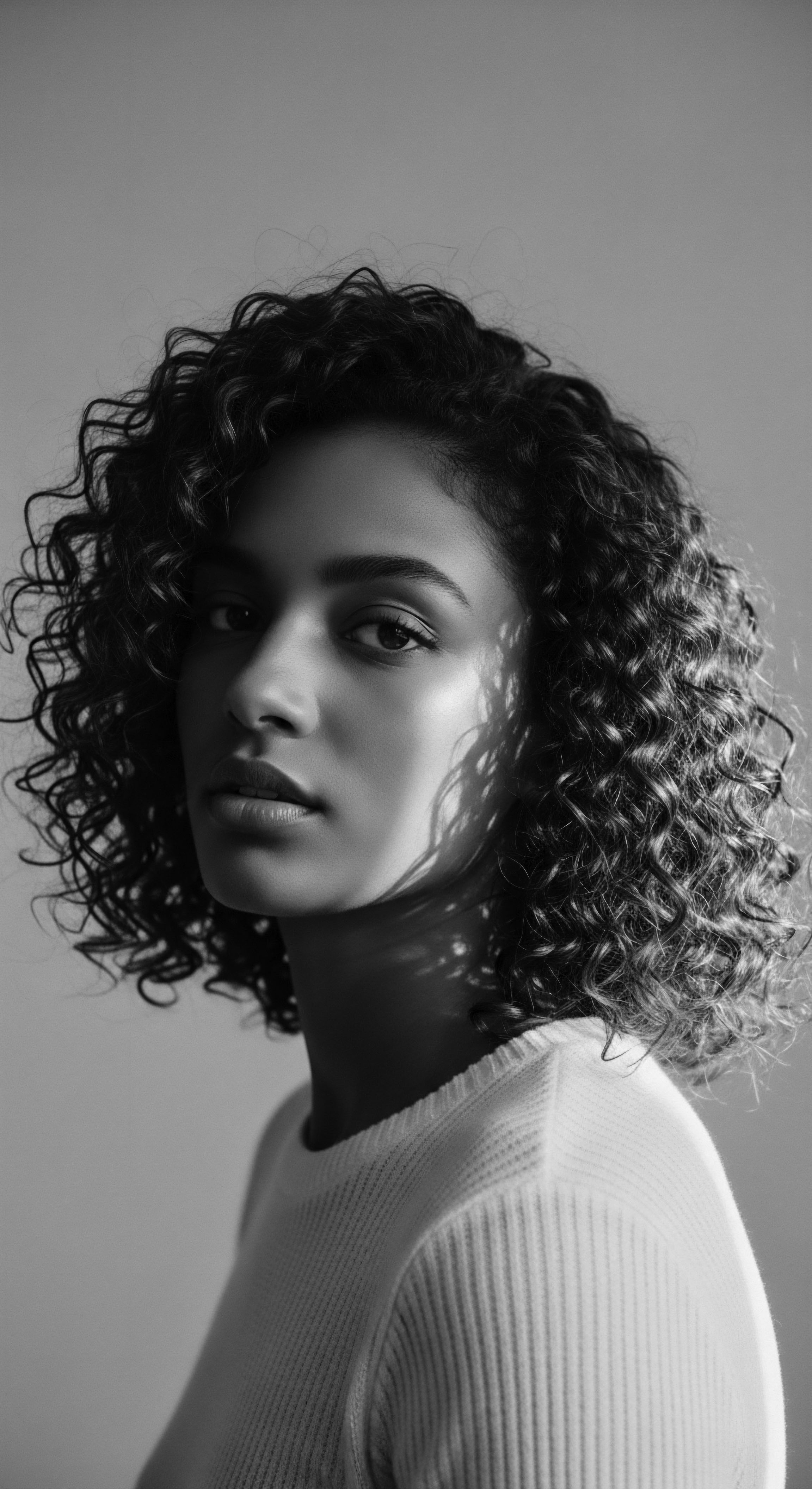
A Lexicon of Textured Hair Rooted in Heritage
Within indigenous Amazonian cultures, hair has never been a mere aesthetic feature; it is deeply interwoven with identity, spirituality, and social standing. The ancestral understanding of various hair textures, from tightly coiled strands to flowing waves, translated into specific care practices, each honoring the hair’s inherent nature. The terms and methods developed over generations form an essential lexicon, a language of care that reflects a nuanced appreciation for diversity in hair. For communities in the Amazon, hair care with ungurahua oil was a preventative measure, a ritual against common concerns like hair loss and scalp irritation, practices now validated by reports of its historical use as an anti-dandruff tonic.
- Ungurahua ❉ The primary name for the palm tree and its oil, embodying the centuries of indigenous use.
- Patauá ❉ Another common name for the oil, particularly in Brazil, highlighting its regional significance.
- Seje ❉ A term also applied to the oil, indicating its wide recognition across different linguistic groups.
The understanding of hair growth cycles, while not articulated in Western scientific terms, was implicitly present in the consistent, cyclical application of oils and tonics. Factors influencing hair health, such as diet and environmental conditions, were intrinsically linked to the holistic lifestyle of these communities. The rich nutritional profile of the ungurahua fruit itself, comparable to protein sources and containing significant Vitamin E, suggests a deep ancestral awareness of internal wellness supporting external radiance.
The foundational uses of Rahua oil were thus a complete system ❉ from careful harvesting of the fruit, to its traditional processing, and finally its application for strengthening hair, nourishing the scalp, and maintaining overall hair vitality. This ancestral heritage offers a powerful counter-narrative to contemporary, often fragmented, beauty practices, grounding hair care in a lineage of respect and integrated understanding.
The Quechua-Shuar Tribes, among others, considered the oil a secret to “thick, flowing, lustrous hair,” words that convey a tangible, lived benefit rather than abstract scientific claims. Their daily interactions with the forest provided an ecological classroom, where the properties of plants like ungurahua were meticulously observed and passed down. This knowledge system, where botanical understanding and cultural practice are inseparable, represents a profound heritage of ecological intelligence.
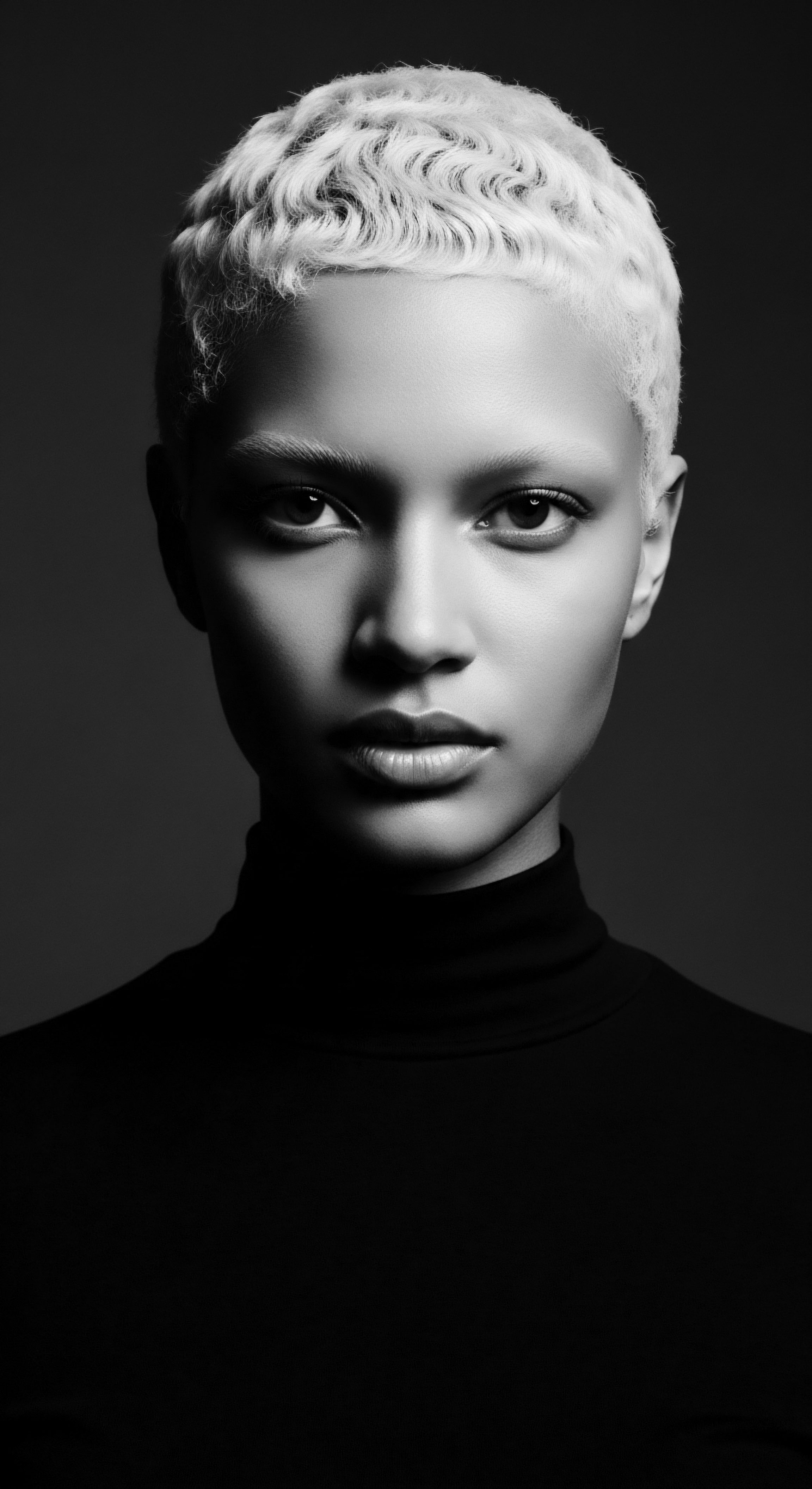
Ritual
The daily engagement with ungurahua oil was seldom a utilitarian task; it was, and remains for many, a deeply felt ritual, a ceremony of care that bound individuals to their ancestry and community. This intertwining of personal well-being with communal practice stands as a powerful testament to the heritage embedded within Rahua oil’s use. The methods were not merely techniques; they were expressions of devotion, passed down as living traditions that shaped both appearance and identity within indigenous communities, particularly for those with textured hair, where care rituals are often elaborate and communal.
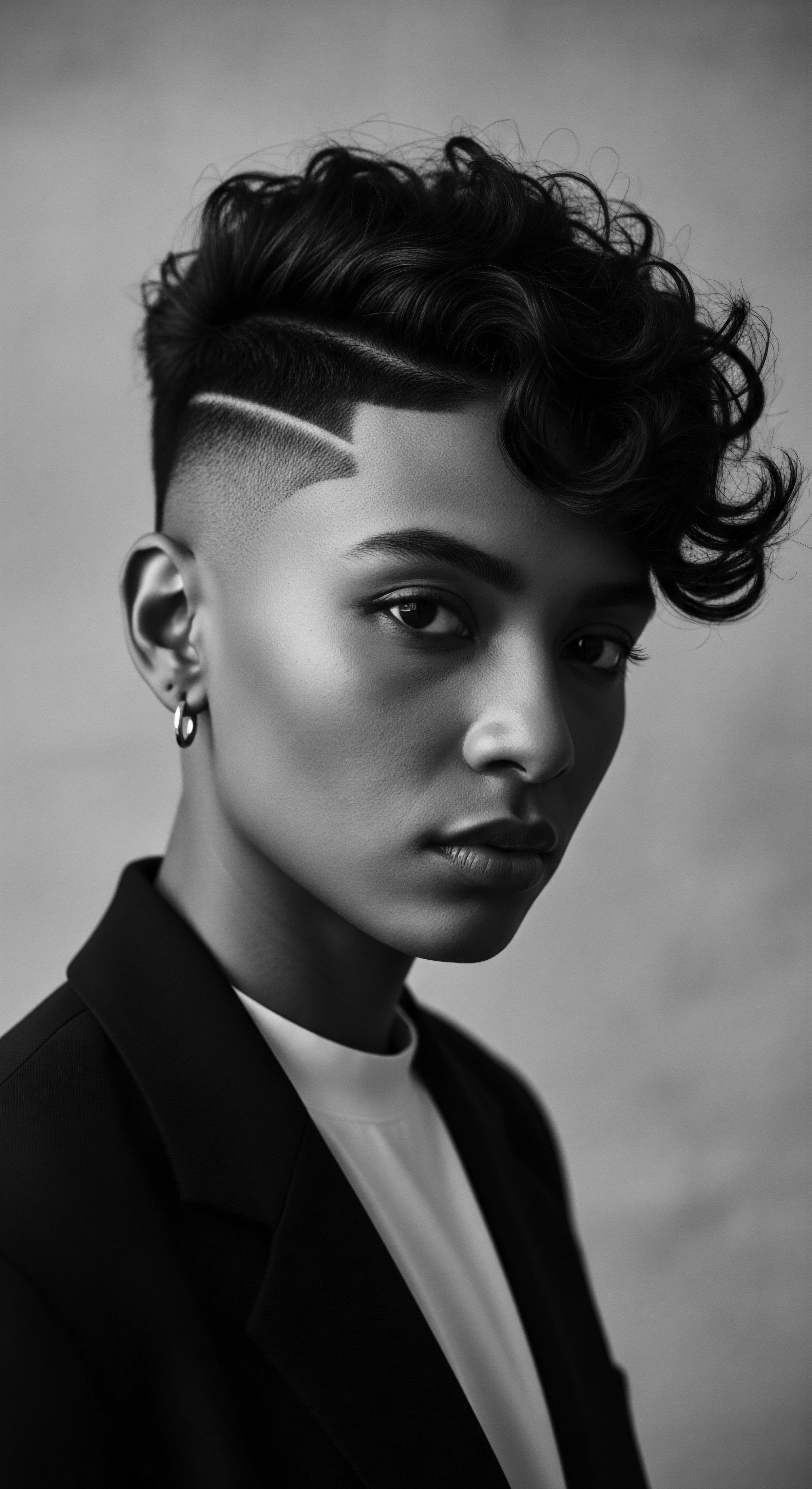
Hair as a Cultural Repository
For Black and mixed-race communities, hair has long served as a potent symbol—a canvas for identity, a marker of lineage, and often, a site of cultural affirmation. In Amazonian traditions, this holds especially true. The application of ungurahua oil became a part of ceremonies and daily routines, a way to prepare the hair for intricate styles, to fortify it against the elements, and to maintain its intrinsic beauty. It smoothed, it softened, it imparted a gleam that spoke of health and deliberate attention.
Consider the historical context of hair dressing in various diasporic communities, where styling sessions could stretch for hours, becoming spaces for storytelling, shared laughter, and the transmission of wisdom. The ritual of applying oils, conditioning agents, and styling products created a physical and emotional bond. Just as hair braiding traditions in West Africa served as a form of social communication and lineage mapping, so too did the application and preparation of ungurahua oil in Amazonian communities signify a connection to ancestral practices and a reaffirmation of cultural identity (Okoro, 2017).
The Quechua-Shuar women, who are central to the story of ungurahua oil, engaged in a “complex, sustainable ritual” for generations to produce and apply this oil. This ritual, rooted in lunar cycles and specific communal practices, speaks to a holistic approach to beauty that acknowledges the influence of natural rhythms and collective effort. It was a practice that maintained both the physical integrity of the hair and the social cohesion of the group.

From Deep Conditioning to Ceremonial Adornment
The versatile nature of ungurahua oil meant its ritualistic application spanned a spectrum of uses:
- Pre-Wash Treatment ❉ A generous application before cleansing would soften and protect strands, preparing them for the washing process. This aligns with modern practices of pre-pooing, particularly beneficial for textured hair types prone to tangling and breakage during washing.
- Deep Conditioning Elixir ❉ Left on for extended periods, perhaps overnight, the oil acted as a powerful restorative mask. This deep penetration provided lasting hydration and strengthened the hair fiber from the inside.
- Styling and Definition ❉ A smaller amount was used to smooth, add shine, and define natural curls and coils, reflecting ancestral techniques for shaping and preserving hairstyles. This was especially relevant for “frizzy hair” as noted in traditional accounts.
- Scalp Wellness Tonic ❉ Applied directly to the scalp, the oil addressed common concerns like dryness, irritation, and even hair loss, speaking to an integrated understanding of hair health beginning at the root.
These applications were not isolated acts but woven into the fabric of daily life and special occasions. The tools employed, often simple combs carved from wood or natural fibers, were extensions of this hand-to-hair tradition. The warmth of human hands massaging the oil, the communal sharing of knowledge about its benefits, all contributed to the ritual’s resonance. It was a time of connection, of intergenerational learning, where elders passed down not just techniques, but the deeper meaning behind each gesture.
The ceremonial application of Rahua oil transformed mundane hair care into a deeply meaningful act of cultural continuity and personal affirmation.

The Enduring Power of Collective Wisdom
The tradition of ungurahua oil production was, at one point, becoming rarer, maintained by only a few elders. The conscious efforts to revive and share this knowledge, particularly through initiatives that train younger generations in the traditional ways, underscore the living nature of this heritage. It is a powerful example of how ancestral wisdom, when valued and supported, can continue to provide benefits far beyond its original context. The sustained practice safeguards not only a beauty secret but also cultural identity and ecological stewardship, demonstrating the inherent interconnectedness of people, plants, and place.
| Traditional Practice Pre-wash treatment |
| Rahua Oil's Ancestral Role Softened strands, prevented tangling before cleansing |
| Modern Parallel/Benefit for Textured Hair Pre-pooing for curl definition, reduced breakage |
| Traditional Practice Overnight conditioning |
| Rahua Oil's Ancestral Role Deep nourishment, hair strengthening from within |
| Modern Parallel/Benefit for Textured Hair Intensive masks for hydration, improved elasticity |
| Traditional Practice Styling elixir |
| Rahua Oil's Ancestral Role Enhanced shine, defined natural textures, minimized frizz |
| Modern Parallel/Benefit for Textured Hair Leave-in conditioners, curl creams for moisture and shape |
| Traditional Practice Scalp massage tonic |
| Rahua Oil's Ancestral Role Soothed irritation, addressed hair loss, promoted growth |
| Modern Parallel/Benefit for Textured Hair Scalp treatments for healthy follicles, balanced microbiome |
| Traditional Practice These ancestral applications reflect a holistic approach, linking hair health to communal well-being and environmental harmony. |
These practices ensured that textured hair, which often demands specific and consistent care, received the attention it needed to thrive in its natural environment. The rituals provided a structured regimen, born of necessity and elevated by cultural significance, cementing Rahua oil’s place as a cornerstone of Amazonian hair heritage.

Relay
The narrative of Rahua oil does not conclude within the serene embrace of the Amazonian forest; it extends, in a profound relay of knowledge, across continents and into the collective consciousness of those seeking authentic, ancestral well-being. This contemporary journey, while seemingly disparate from its origins, in fact underscores the enduring power of indigenous wisdom, particularly as it speaks to the intrinsic needs of textured hair and the broader experiences of Black and mixed-race communities.

The Transmission of Ancient Wisdom
The mid-1990s witnessed a pivotal moment in this relay when Fabian Lliguin, a New York stylist of Quechua descent and an environmental activist, encountered the Quechua-Shuar women and their long, lustrous hair. Gifted with a bottle of their traditional oil, he witnessed its remarkable effects firsthand, observing dry, damaged strands transform with renewed elasticity and vibrancy. This experience sparked a realization that transcended mere cosmetic appeal; it highlighted the untapped potential of ancestral botanical science. The initiation of Rahua as a global brand was deeply rooted in a commitment to honor the indigenous communities and their methods.
The “Symbiotic” standard, a key principle of the brand, mandates that ingredients must be wild-grown in undisturbed virgin forests, harvested using indigenous knowledge, and purchased at a price that supports traditional practices and local economies. This framework represents an ethical relay, ensuring that the benefits of this ancestral secret are shared equitably and sustainably, rather than exploited.
The journey of ungurahua oil from local Amazonian wisdom to global recognition carries with it the complexities of cultural exchange. The historical examples of other traditional ingredients, such as argan oil from Morocco, gaining international prominence often reveal a tension between appreciation and appropriation. Rahua’s approach, however, seeks to mitigate this by actively involving and empowering indigenous communities, building “learning centers within the Amazon jungle” to preserve and teach the traditional oil-making process to younger generations.

Scientific Validation of Ancestral Efficacy
The scientific community has, in recent decades, begun to dissect the molecular mechanisms that underpin the long-observed benefits of ungurahua oil. Its high concentration of Oleic Acid (around 74-82%) makes it an exceptional emollient, capable of deeply moisturizing dry and porous textured hair. Beyond this, the presence of essential fatty acids like linoleic and alpha-linolenic acids, coupled with a notable Vitamin E content (around 170mg/100g), positions it as a powerful antioxidant.
These components work synergistically to protect the hair from environmental stressors, nourish the scalp, and support healthy hair growth. This chemical understanding provides a contemporary explanation for what indigenous peoples intuitively understood for centuries ❉ that this oil was a profound source of hair vitality.
Rahua oil bridges ancestral wisdom with modern understanding, offering a powerful symbol of heritage and healing for textured hair.
The unique molecular structure of ungurahua oil, characterized by its remarkably small size, allows it to penetrate the hair’s cortex, repairing and bonding it from within, while simultaneously smoothing the cuticle. This characteristic differentiates it from many synthetic or botanical oils that merely coat the hair shaft, providing only superficial conditioning. For textured hair, which can be prone to dryness and breakage due to its structural bends and curves, this deep penetration is profoundly beneficial, offering genuine repair and resilience that echoes the historical observations of its users. This scientific corroboration of ancient practices offers a compelling narrative of knowledge evolution, where modern research validates the astute observations of ancestral healers and caregivers.

Hair as a Voice for Identity and Future
For Black and mixed-race individuals, hair is frequently more than just strands; it is a profound declaration of identity, a connection to a lineage of resilience, and a testament to enduring beauty in the face of historical challenges. The historical suppression of natural hair textures in many societies, particularly those impacted by colonial legacies, underscores the power inherent in choosing to honor one’s ancestral hair. Rahua oil, with its deeply rooted heritage in Amazonian indigenous practices, offers a tangible link to a broader narrative of natural self-acceptance and affirmation.
Using such an ingredient is, for some, a conscious act of reconnecting with ancestral traditions of care, a rejection of imposed beauty standards, and a celebration of authentic heritage. The choice to embrace products like Rahua oil, sustainably sourced and honoring traditional knowledge, aligns with a wider movement towards biocultural preservation and ethical consumption.
The modern appeal of Rahua oil within the textured hair community can therefore be understood as a relay of both practical benefits and symbolic meaning. It is not only about the demonstrable improvements in hair health but also about the story it carries—a story of indigenous sovereignty, environmental respect, and the enduring wisdom of ancestral ways. It empowers individuals to care for their hair in a way that respects its unique biology and its profound cultural significance, carrying forward a legacy of holistic beauty into the future.
- Oleic Acid ❉ The predominant fatty acid, providing intense moisture and deep penetration into the hair shaft.
- Vitamin E ❉ A potent antioxidant content, protecting hair and scalp from oxidative stress and environmental damage.
- Antibacterials ❉ Compounds contributing to scalp health, reducing irritation and promoting a balanced microbiome.
- Small Molecular Structure ❉ A unique characteristic allowing the oil to deeply bond with and repair the hair’s cortex.
This scientific validation offers a new language for appreciating the wisdom held within ancestral practices, demonstrating how profound observational knowledge, honed over generations, can anticipate the discoveries of modern laboratories. The commitment of modern stewards to uphold the integrity of the ancestral harvesting methods further reinforces this powerful relay, ensuring that the heritage of Rahua oil continues to be shared with respect and reverence.
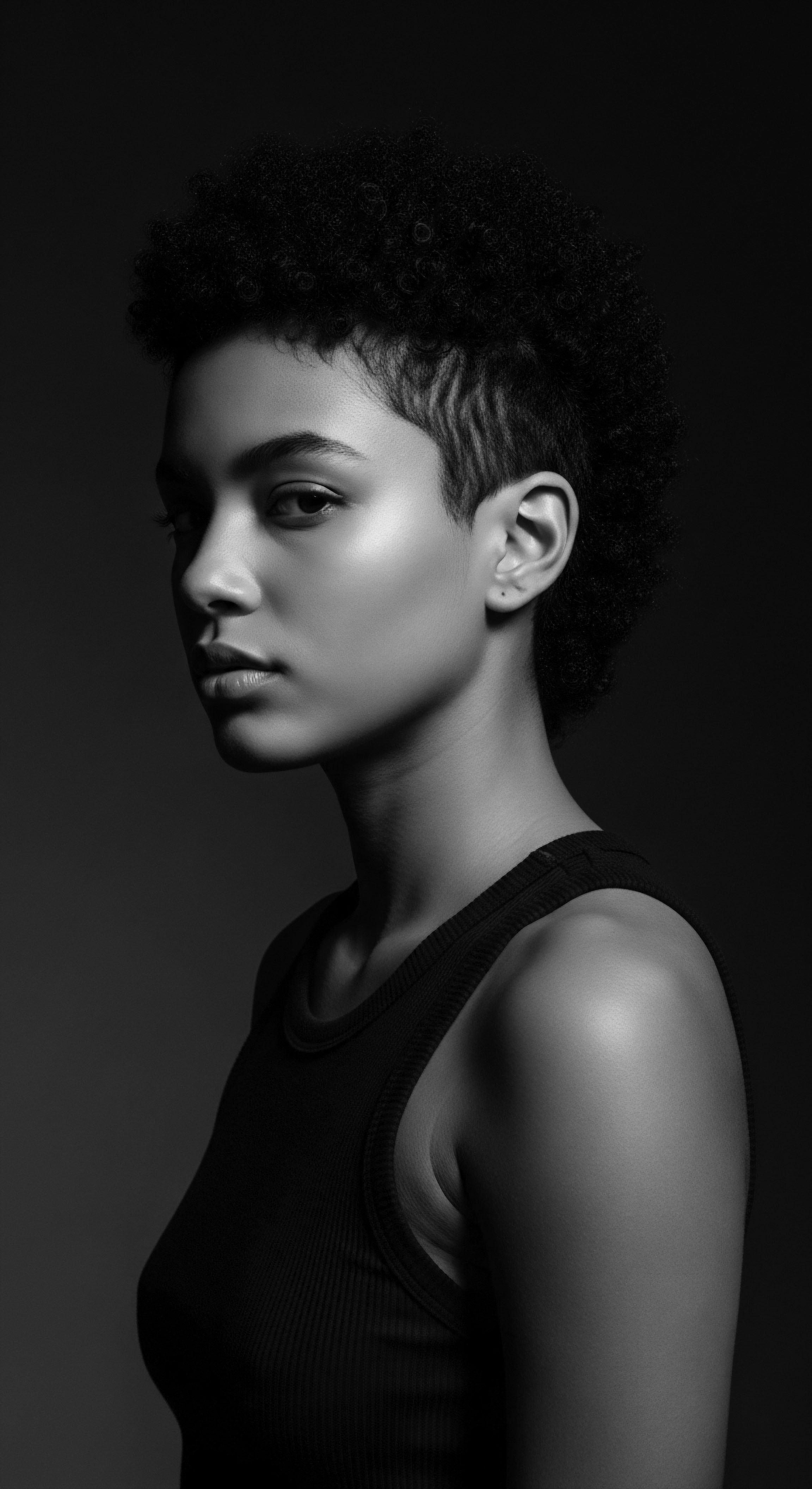
Reflection
The story of Rahua oil, from its deep roots in the Amazon to its present-day presence in global hair care, forms a living archive, a narrative of enduring heritage. Each drop carries the echoes of ancestral hands, the wisdom of indigenous communities, and the spirit of the rainforest itself. Roothea’s ‘Soul of a Strand’ ethos finds its very expression in this oil’s journey, recognizing that textured hair, in its myriad forms, holds not merely genetic information but centuries of human experience, cultural expression, and profound resilience.
The ancestral uses that define Rahua oil’s heritage are not static relics of the past; they are dynamic, breathing practices that offer lessons for our contemporary world. They remind us that true beauty care extends beyond superficial treatments, reaching into the realms of ecological stewardship, cultural respect, and holistic well-being. For Black and mixed-race individuals, connecting with Rahua oil is perhaps a reconnection to a broader tapestry of ancestral knowledge about natural hair, a powerful affirmation of self and lineage. It is an invitation to pause, to consider the journey of the ingredients we choose, and to honor the earth-bound wisdom that guides their path to us.
In every application, there is a quiet conversation between ancient tradition and modern need, a reaffirmation that the most profound solutions for our hair, and indeed our lives, often lie within the wisdom of those who lived in harmony with the natural world for generations. This oil, born of the Amazon, thus stands as a luminous symbol of heritage, a testament to the enduring power of a strand that carries the soul of its past into the vibrant future.

References
- Duarte, J. P. & Paull, R. E. (2015). Tropical Fruits. CABI.
- Janick, J. & Paull, R. E. (2008). The Encyclopedia of Fruits and Nuts. CABI.
- Okoro, N. (2017). African Hairstyles ❉ Styles of Yesterday and Today. Palgrave Macmillan.
- Simis Pilnik, M. Argentim, T. Kinupp, V. F. Haverroth, M. & Ming, L. C. (2024). Ethnobotanical knowledge on non-conventional food plants and medicinal plants in Extractivist Reserve in the Brazilian Amazon. Ainfo, 23(4), 645-683.
- Byg, A. & Balslev, H. (2004). Factors affecting local knowledge of palms in Nangaritza valley, Southeastern Ecuador. Economic Botany, 58(3), 374-385.
